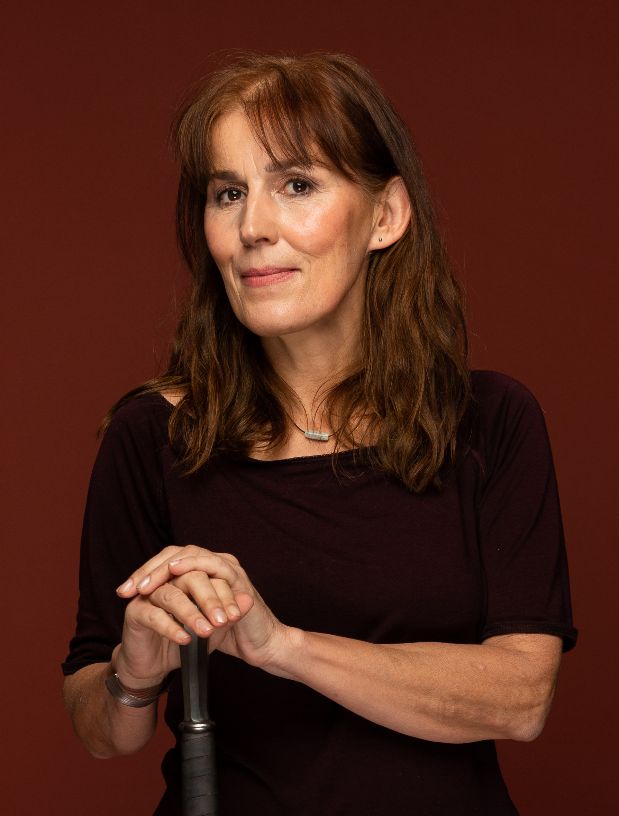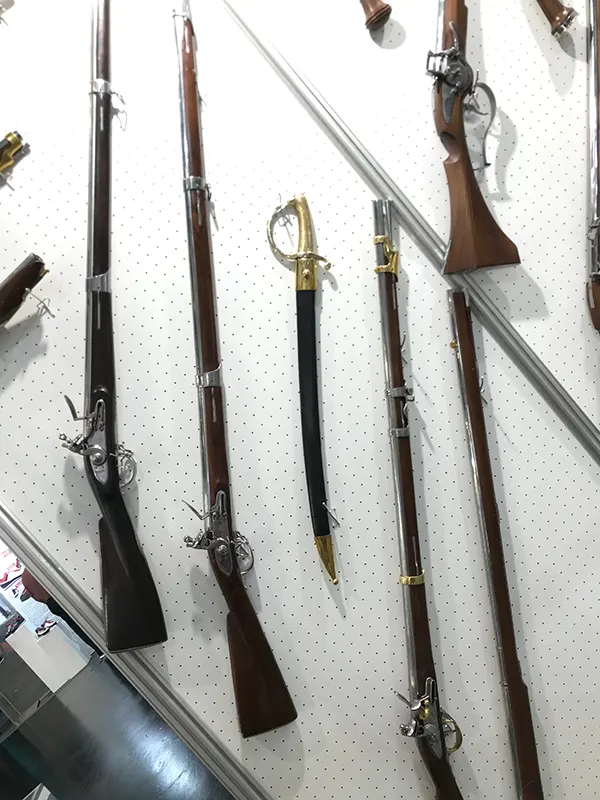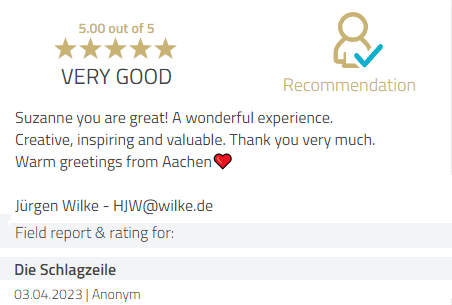
“How did you become an art historian and how did you get into the art of fencing?” I ask Ms De la Cruz. She tells me that she studied art and history, with a focus on the history of historical weapons, especially swordplay.
The history of historical weapons, especially sword fighting, was through to her through her former partner Volker, who has unfortunately passed away. Ms De la Cruz first became interested in fencing through Volker, he has already been given fencing lessons and was very successful. The spark was ignited and the fire for teaching swordsmanship and fencing was kindled. Historical fencing is widespread.
A distinction is made between the 1-handed and the 1.5-handed long sword. The long sword is wielded with both hands, the one-handed sword is wielded with one hand and one shield.
One-handed fencing is the old, the historical form of fencing. The sword, which is wielded with both hands, has only developed over time.
It can be used faster and more efficiently, and the effort required is also less. Since this 1.5 hand sword is wielded with both hands, no shield is used.
Umbrella organisations organise tournaments in historical fencing, the venues vary. One of the historical old castles where sword fighting is shown, for example, is in Satzvey. Satzvey is part of the town of Mechernich in the district of Euskirchen in the Eifel.
At medieval markets, some stalls offer art-historical taster sessions. Everyday life and life in the Middle Ages was very interesting and to learn more here is always worth a visit. Swords, for example, are offered and displayed there, brought in from all over the world.
but not too soft. Elastic and yet stable. Blacksmiths who could do this were highly respected. It must fit well in the hand, be balanced, not pull forward and have no more than 48 -58 Rockwell. 50 – 52 is the ideal Rockwell value.
It must be good quality steel and fit the wielder well. It is a carbon spring steel with a percentage between 0.5 and 0.8, these swords are not stainless. Stainless fencing swords are always too hard. In the Middle Ages. They consisted of carbon, phosphorus and sulphur and had few slag inclusions. Whoever mastered this forging art was said to have „magical“ powers. At that time, the sword was an assurance of life.
For hardening after forging, a wide variety of materials and liquids were used, such as bird droppings, oil, horse urine, honey, and so on. The blacksmith Wieland even fed geese with iron filings to support the hardening process of the steel. The secrets of swordsmithing and how to make a perfect sword were carefully guarded. This knowledge was also not necessarily passed on to subsequent generations. On the contrary, this knowledge was often deliberately destroyed so that it could no longer be used.
You can meet Ms. De la Cruz in person on 17/18/19/03/23 in Mannheim, at the Herzogenriedpark medieval market.
You will find Ms. De la Cruz at the stand with historical cutting and thrusting weapons. She will be happy to tell you a lot more about the exceptional blacksmith’s art and history of swords and thrusting weapons.
Ms De la Cruz offers a 2-day taster course in historical fencing. The training is done with training weapons, for safety reasons protective equipment is put on, so face and hands etc. are well protected. This test course is suitable for all ages. Young people under the age of 18 need the permission of a parent or guardian.
Report and Copyright by Susanne Panhans
All Texts & Pictures Copyright by Susanne Panhans







